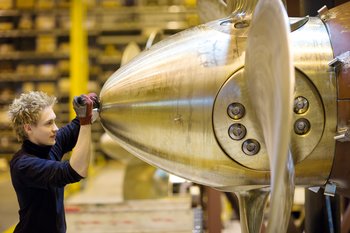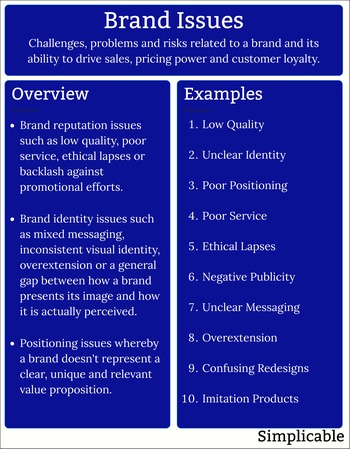
Historical Demand Analysis
Predictions based on historical sales patterns and a set of assumptions. For example, an ice cream company that expects summer ice cream sales to be 10% higher than last summer because they have increased their distribution to more locations.Strategy Based Forecasts
In the short term, demand greatly depends on your pricing, distribution and promotions. As such, strategy can drive demand. For example, a firm that is launching a new ice cream product that is determined to achieve 10% market penetration whereby they will use pricing and promotion to achieve this target.Market Research
If you lack historical sales data that you expect to be comparable to future results, you can conduct market and competitive research to forecast demand. For example, a new hotel might attempt to determine the occupancy rate of competitors in the same area in each season to arrive at a reasonable forecast for first year sales.Sales Pipeline
If you have a long sales cycle, you may predict future demand by looking at your sales pipeline and evaluating the percentage of leads and opportunities that are likely to progress to future sales.Expert Opinion
Demand forecasting may rely on the opinion of various experts. For example, a house builder that talks to sales teams, bankers, real estate executives and other industry insiders to predict the demand for houses in the second half of a fiscal year.Notes
In a business context, demand is equivalent to the sales that can be achieved if you have the supply. In large firms, demand and supply are coordinated in a critical meeting known as sales and operations planning.
| Overview: Demand Forecasting | ||
Function | ||
Definition | The practice of predicting future market demand for a product or service. | |
Value | Production and marketing planning | |
Related Techniques | ||























